Commercial construction is a high-stakes game. A recent IBISWorld report underscores the fierce competition among builders, with differentiation hinging on factors like pricing, quality, efficiency, and project timelines.
Large-scale projects, which are typically awarded through competitive bidding, require meticulous planning and precise execution. Central to this is the accuracy of plumbing load calculations.
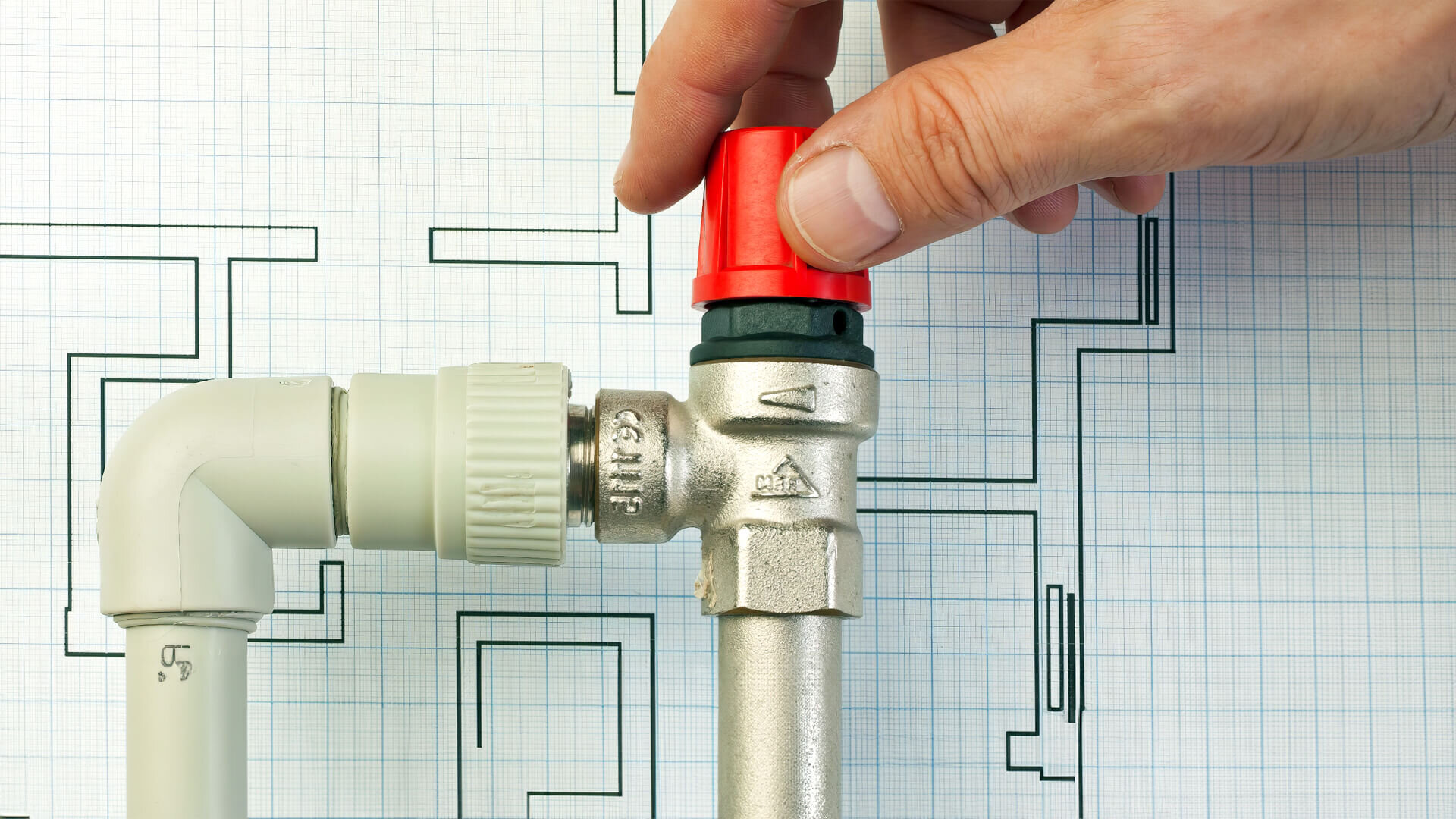
Plumbing load capacity refers to the maximum amount of water a plumbing system can handle at any given time. This seemingly simple concept is crucial in commercial renovation projects.
Underestimating the load can lead to system failures, water damage, and costly repairs, disrupting operations and damaging a builder?s reputation. On the other hand, overestimating can result in unnecessary expenses on oversized pipes and fixtures.
The bottom line? Precise plumbing load calculations are not just an option but a cornerstone of successful commercial renovation.
What Is Plumbing Load Capacity?
Grasping plumbing load capacity is vital for keeping plumbing systems efficient and up to code, whether in homes or commercial buildings. This quick guide delves into the key aspects of plumbing load capacity and the factors that influence it.
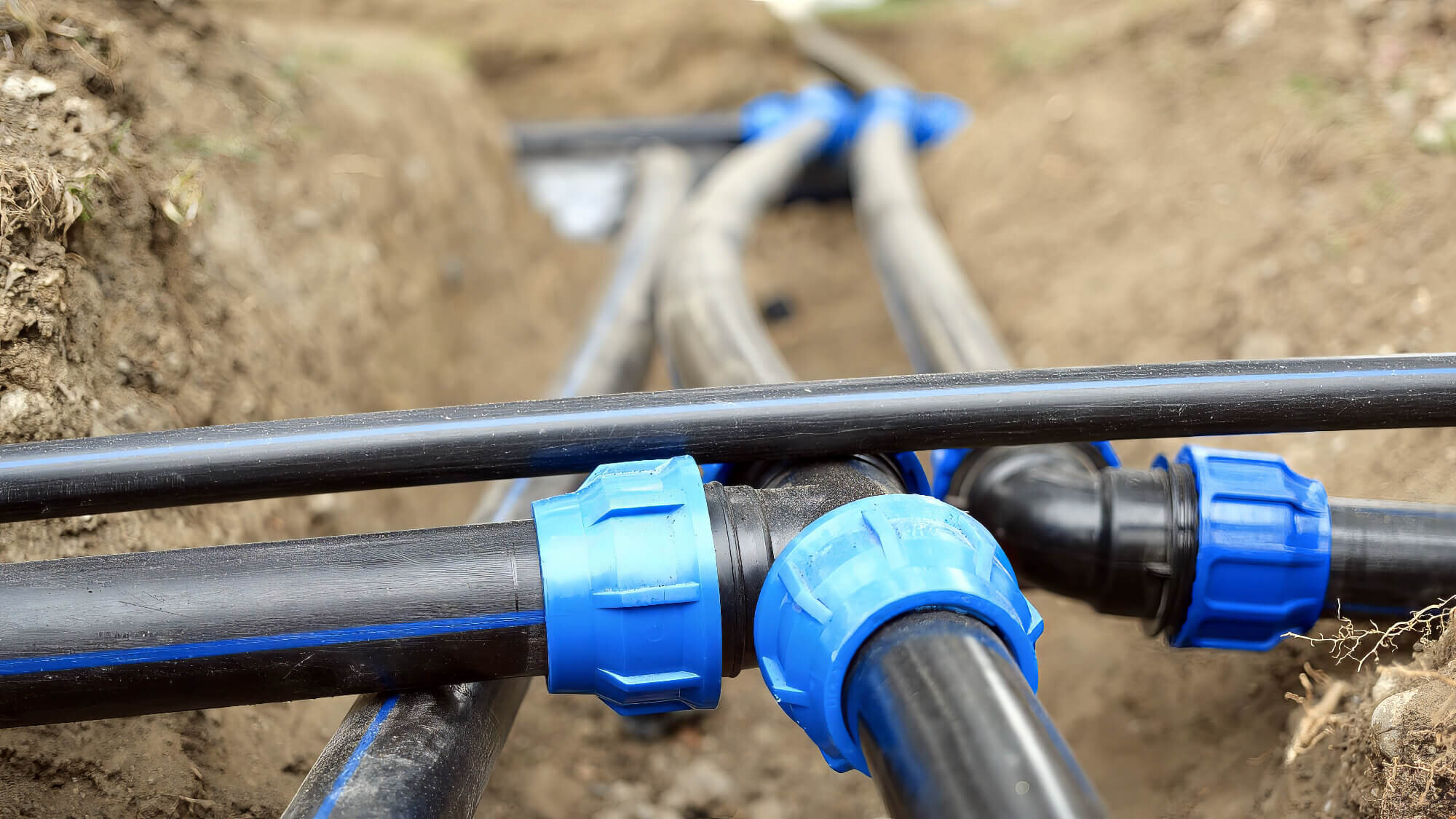
Plumbing Load Capacity
Plumbing load capacity refers to a plumbing system?s ability to handle a building?s water supply and sanitary drainage needs. The fixture count and the number of occupants determine it.
Residential vs. Commercial Plumbing Loads
Residential plumbing typically involves fewer plumbing fixtures and a lower occupant load than commercial plumbing. In commercial settings, the number of occupants and the scope of work, including public restrooms, drinking fountains, and other services, are significantly higher.
What Influences Plumbing Load Capacity
Several factors influence plumbing load capacity:
- Building Size: Larger buildings require more extensive plumbing installations, including more water pipes and sanitary drainage systems.
- Number of Fixtures: The fixture count, including toilets, sinks, and water heaters, dictates the number of required fixtures and the overall plumbing load.
- Type of Business Operations: Different businesses have varying plumbing needs. For example, a restaurant will have different plumbing requirements than a retail store.
- Occupant Load: The number of occupants directly impacts the plumbing load, affecting the size and scope of plumbing work needed.
- Existing Buildings: Alterations to existing plumbing systems in existing buildings must comply with local plumbing codes and may require backflow prevention and inspections required by master plumbers.
- Plumbing Codes: Compliance with local and international plumbing codes, such as the International Plumbing Code, is mandatory. These codes dictate the number of required plumbing fixtures and other installations.
- Building Codes: Building codes, including those for gas piping and stormwater management, must be adhered to in plumbing installations.
- Other Factors: Factors such as the presence of public restrooms, toilet rooms, drinking water supply lines, and the need for backflow prevention also play a role.
How To Calculate Plumbing Load
Calculating plumbing load capacity is essential for ensuring efficient and compliant plumbing systems in any building project. This guide provides a detailed explanation of the key factors involved.
Calculating Plumbing Load Capacity
Plumbing load capacity is determined by assessing water supply requirements, fixture units, peak demand, and pipe sizing. Accurate calculations ensure the system can handle daily usage and peak times.
Water Supply Requirements
Water supply requirements involve estimating the flow rate needed for all plumbing fixtures, including sinks, showers, and water heaters. Each plumbing fixture has a specific flow rate, typically measured in litres per minute (L/min). These drawings of the plumbing installation must be submitted to comply with the building code.
Fixture Units
Fixture units are a standardised measure used to estimate the load on a plumbing system. Each fixture, such as a toilet room or water heater, is assigned a fixture unit value based on its flow rate and usage pattern. The total fixture units are calculated by summing the values for all fixtures in the building.
Peak Demand
Peak demand refers to the highest possible water usage at any given time. It is essential to design the system to handle peak loads to prevent pressure drops and ensure a consistent water supply. Peak demand is calculated using the fixture unit method, which factors in the simultaneous use of multiple fixtures.
Pipe Sizing
Pipe sizing is critical for maintaining adequate water pressure and flow. Pipes must be sized according to the total fixture units and peak demand. The following formula is often used:
Q= ?U×C
%u200B
where Q is the flow rate, ?U is the sum of fixture units, and C is a constant based on pipe material and diameter.
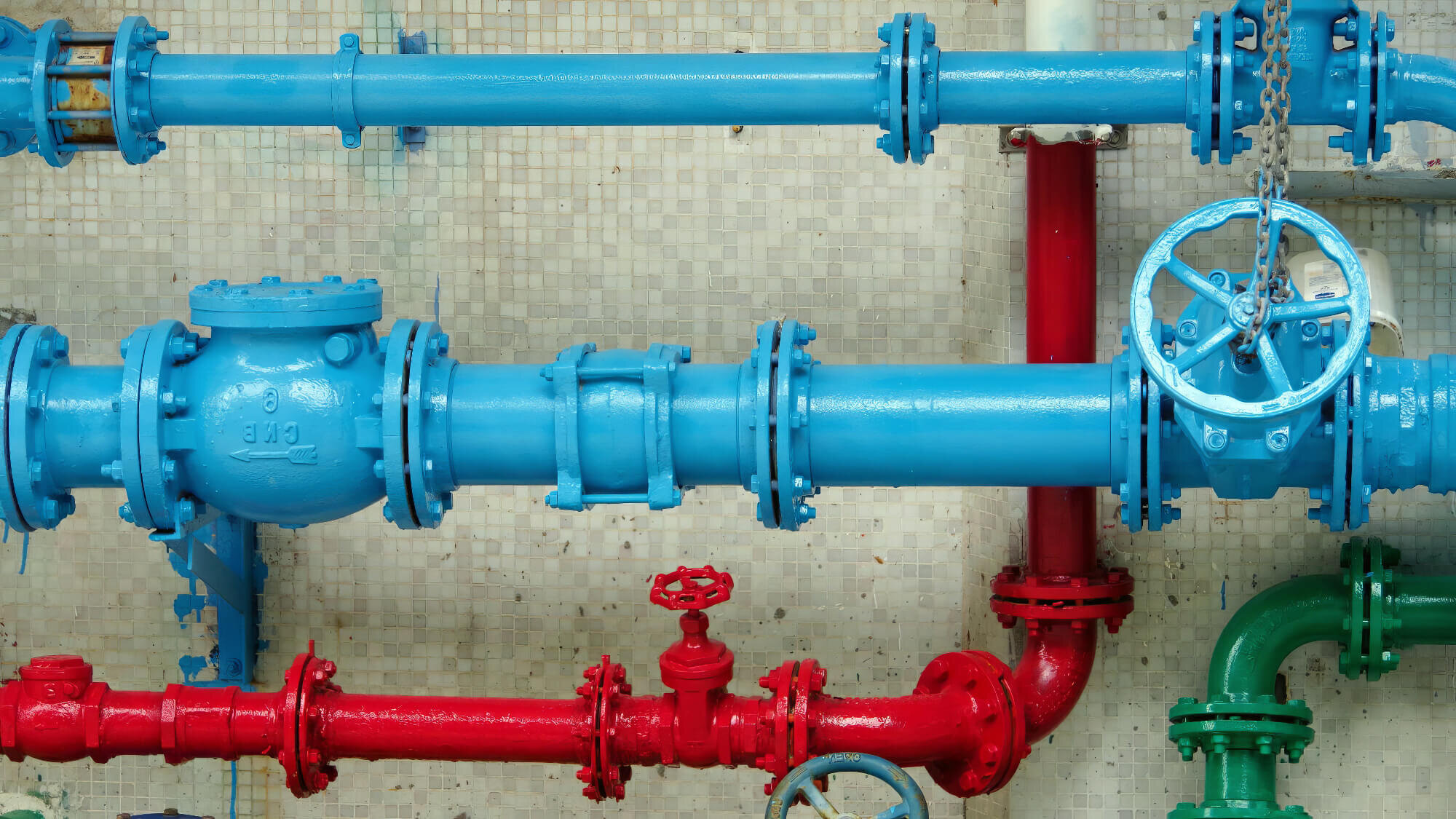
Industry Standards
Industry standards like the Australian Building Codes Board provide guidelines for calculating plumbing load capacity. These codes ensure that the plumbing system complies with safety and efficiency requirements, and compliance with these standards is crucial for your project.
Additional Considerations
There are many other factors to consider, such as the type of building and its intended use. For example, commercial buildings may have more than one toilet room and require larger water heaters. Existing buildings undergoing renovation must comply with current codes, even if their original installation is no longer up to standard.
Tools and Techniques for Accurate Load Calculation
Accurate plumbing load calculations are essential for designing efficient and compliant plumbing systems. This guide lists and describes various tools and techniques used in the process.
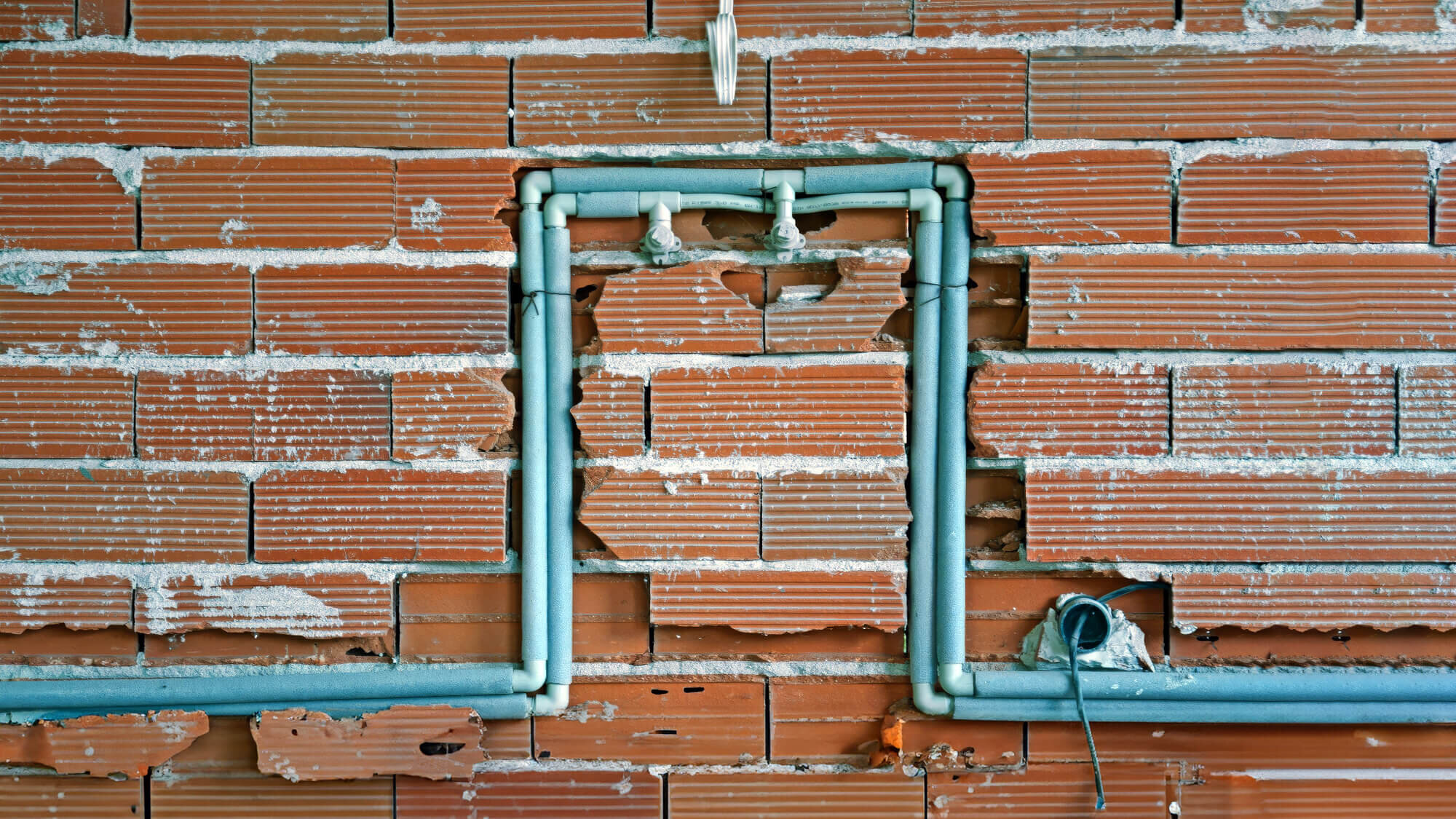
Tools for Plumbing Load Calculations
- Software: Plumbing design software, such as AutoCAD MEP or Revit, allows for detailed modelling and load calculations. These tools can simulate water flow and pressure, helping to optimise plumbing installations.
- Flow Rate Calculators: Online and handheld flow rate calculators help determine the flow rates of various plumbing fixtures. These tools are essential for accurately assessing each fixture?s water requirements.
- Pressure Gauges: Pressure gauges measure the water pressure within the plumbing system, ensuring that it meets the necessary standards for efficient operation.
Techniques for Accurate Load Calculation
- Flow Rate Measurement: This technique involves measuring water flow rate through plumbing fixtures. Accurate flow rate data is crucial for appropriately calculating the total water demand and sizing pipes.
- Pressure Testing: Pressure testing involves assessing the plumbing system?s ability to maintain adequate pressure under various conditions. This helps identify potential issues, such as leaks or blockages, that could affect system performance.
- System Audits: Conducting a thorough audit of the existing plumbing system helps identify any deficiencies or areas for improvement. Audits ensure that all components, such as water heaters and piping, are functioning correctly and meet current standards.
Professional Assessments
Professional assessments by licensed plumbers are vital for accurate load calculations. Master plumbers use their expertise to interpret data from tools and techniques, ensuring the plumbing installation complies with all relevant building codes and standards.
This professional oversight is crucial for the success of your project, as it ensures that all calculations are precise and the system operates efficiently.
Common Mistakes in Plumbing Load Calculation
Getting plumbing load calculations right is vital, but there are common mistakes that can trip you up. Spotting these errors and knowing how to sidestep them is key, particularly in commercial renovation projects.
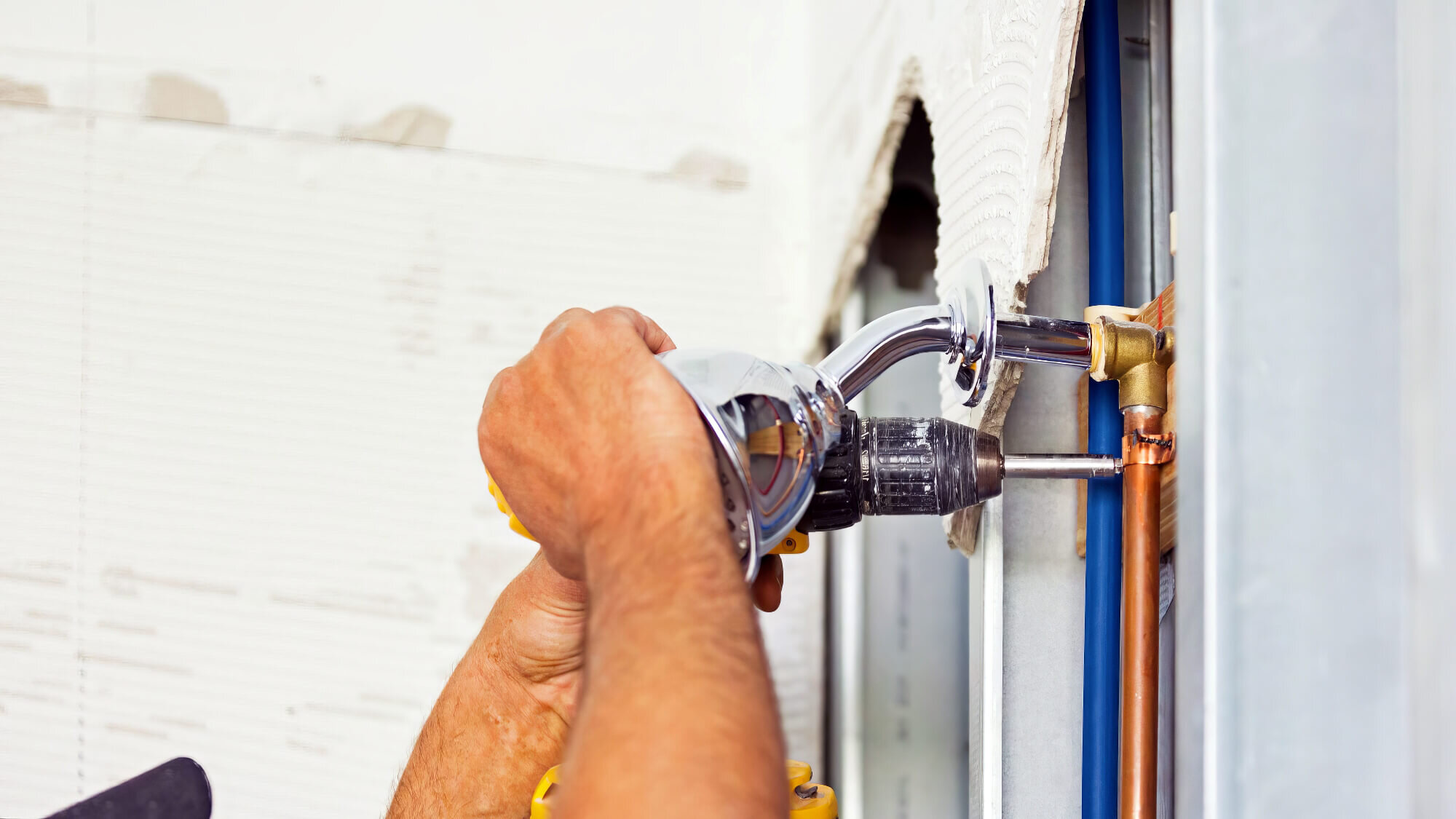
Frequent Errors in Plumbing Load Assessments
- Incorrect Fixture Unit Calculation: Miscalculating the total fixture units by either overestimating or underestimating the number and type of plumbing fixtures can lead to improper system design.
- Ignoring Peak Demand: Failing to account for peak demand periods can result in inadequate water supply and pressure during high usage times.
- Improper Pipe Sizing: Using incorrect pipe sizes, either too large or too small, affects water flow and pressure, leading to inefficiencies and potential system failures.
- Overlooking Code Compliance: Not adhering to local plumbing codes and building regulations can result in non-compliant systems that may require costly modifications.
Tips to Avoid These Mistakes
- Accurate Fixture Count: Ensure an accurate count and classification of all plumbing fixtures to calculate the total fixture units correctly.
- Account for Peak Demand: Use appropriate methods to estimate peak demand accurately, ensuring the system can handle maximum usage scenarios.
- Correct Pipe Sizing: Follow industry standards and guidelines for pipe sizing to maintain adequate water pressure and flow.
- Adhere to Codes: Always comply with local plumbing codes and regulations to avoid legal issues and ensure system safety and efficiency.
Impact on Commercial Renovation Projects
Errors in plumbing load calculations can have significant impacts on commercial renovation projects. Inadequate water supply and pressure can disrupt business operations, lead to increased maintenance costs, and necessitate expensive rework.
Getting load calculations spot-on is essential for the success and efficiency of any commercial renovation project.
Ensuring Compliance with Plumbing Codes and Standards
Adhering to local plumbing codes and standards is crucial for ensuring that plumbing systems are safe, efficient, and reliable. Compliance guarantees that the system meets all necessary functionality and safety criteria, protecting the building?s occupants and infrastructure.
Importance of Adhering to Plumbing Codes and Standards
Safety and Health
Local plumbing codes are designed to prevent health hazards such as backflow contamination and leaks that could lead to water damage or mould growth. Ensuring compliance helps protect the health and safety of occupants.
Legal and Financial Implications
Non-compliance with plumbing codes can result in legal penalties, fines, and costly modifications. Adhering to these standards during initial installation can prevent expensive rework and legal issues.
Impact on Plumbing Load Capacity
Compliance with plumbing codes directly impacts load capacity calculations. Codes dictate the minimum water supply, drainage, and fixture unit requirements, ensuring the system can handle the expected load.
For instance, codes specify pipe sizes, fixture counts, and backflow prevention measures, all of which are critical for accurate load capacity assessment.
Tips on Staying Updated with Regulations
- Regular Training: Participate in workshops and training sessions offered by professional organisations and regulatory bodies to stay informed about the latest code changes.
- Professional Associations: Join industry associations, such as the Master Plumbers Association, which provide updates and resources on code compliance.
- Official Publications: Regularly review publications and websites from local and national regulatory bodies, such as the International Plumbing Code, to stay current with any amendments.
Staying updated with plumbing regulations ensures that your project remains compliant, efficient, and safe, avoiding the pitfalls of outdated practices.
Planning for Future Expansion
Planning for future business growth is essential when calculating plumbing load capacity. This ensures the system can accommodate increased demands without requiring extensive modifications later.
Need for Future Growth Consideration
As businesses expand, the number of occupants and plumbing fixtures often increases, leading to higher water usage and greater strain on plumbing systems. Anticipating these changes during the initial design phase helps avoid costly and disruptive renovations.
Strategies for Accommodating Future Plumbing Demands
- Oversized Piping: Install slightly larger pipes than currently required to handle future increases in water flow and pressure without replacing the entire piping system.
- Flexible Designs: Use modular plumbing designs that allow for easy expansion. This includes installing additional connection points and access panels for future fixtures.
- Upgraded Infrastructure: Choose water heaters and pumps with higher capacities to manage increased demand. Ensure that the sanitary drainage system is designed to handle potential future loads.
- Reserve Capacity: Design the system with a reserve capacity, including extra space in mechanical rooms for additional equipment and more extensive supply lines to accommodate more fixtures.
Ready to Renovate? Contact Big Blue Plumbing for Expert Plumbing Renovations
Nailing the plumbing load capacity is crucial for any successful commercial renovation project.
Underestimating the demands of your plumbing system can lead to costly repairs, disruptions to business operations, and even health hazards. Conversely, overestimating can result in unnecessary expenses. A thorough assessment by experienced professionals is essential to avoid these pitfalls.
Big Blue Plumbing offers comprehensive plumbing renovation services, including load capacity evaluation. Our team of skilled plumbers has the expertise to accurately assess your building?s plumbing needs and recommend solutions to meet your specific requirements.
By choosing Big Blue Plumbing, you can rest assured that your commercial renovation project will be completed efficiently, safely, and within budget. Call us today to schedule a consultation.



